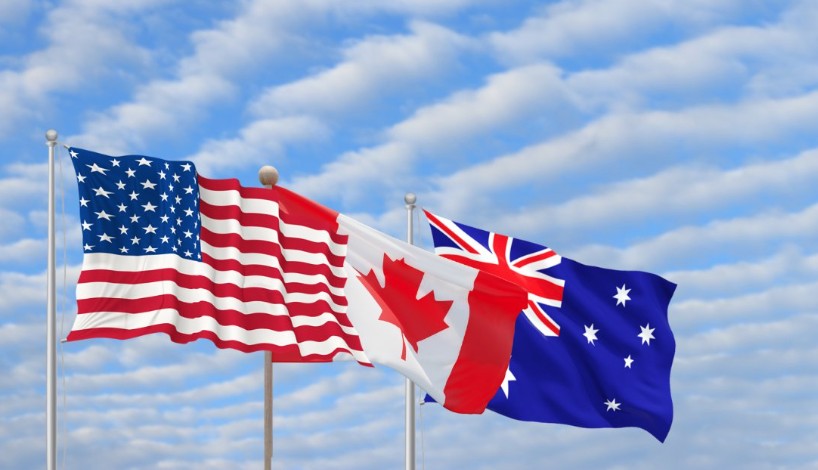
Visa exemptions for certain nationalities rei...
read more

Maritime authority renews permission for vessels leaving the Amazon ports through the North Bar with a draft of up to 11.90 metres
Following up on the trials started in April 2020, on 6 January 2022, the 4th Naval District (4DN) issued Ordinance 7/Com4ºDN authorising, on an experimental basis, vessels sailing out of the North Bar of the Amazon River through the so-called Arco Lamoso (“Muddy Arc”), with a maximum operational draft of 11.90 metres. The Muddy Arc is a stretch of seabed composed of fluid mud at about 146 nautical miles off Macapá in the state of Amapá.
The temporary permission has immediate effect and does not apply for tankers and vessels of any size carrying dangerous goods.
Vessels sailing downstream the Amazon River through the North Bar with a draft limit between 11.75 m and 11.90 m must observe the following restrictions and guidelines:
To sail via the Grande do Curua Channel through the Muddy Arc, outbound vessels must, sequentially, meet the criteria below until they reach a maximum loaded draft of 11.90 metres:
The coordinating pilot station must assign a pilot with at least five years of experience with navigation in the area and coordinate the boarding of at least one representative of the maritime authority
Within a maximum of 10 days after each passage, the pilot must issue a standardised and conclusive report on the manoeuvre performed, informing i) whether it was safe or posed a risk to navigation, ii) the draft observed, iii) the plotting of vessel’s position every five minutes with the local depth, according to the tide height, and iv) the speed developed by the vessel considering the squat effect and the lowest under keel clearance (UKC) observed during the passage through the given coordinates.
After fourteen sequential passages with the increasing drafts mentioned above, and within thirty days, the maritime authority will review the pilot reports and assess the feasibility of maintaining the increase in the draft limit permanently. However, if the authority perceives any risk to vessels sailing with the increased draft, it may simply revoke the Ordinance at once.

North Bar is the main gateway for vessels calling at the Northern Arc’s Amazon ports of Manaus, Itacoatiara, Santarém, Juruti, Trombetas and Santana (Macapá). In addition to containerships, ocean-going bulk carriers arrive with fertilisers for Brazilian agribusiness and depart with commodities such as soya beans, corn, wood chips and minerals (iron ore, bauxite, and manganese) originating from the Central-West and North regions of Brazil.
Increasing the draft limitation in the region is one of the measures defended by the Brazilian Association of Private Port Terminals (ATP). It recognises that the increment of just 20 centimetres means an extra payload of a few thousand tonnes, which significantly impacts the productivity and revenue of the terminals and optimisation of the use of bulk carriers.
Please read our disclaimer.
Related topics:
Rua Barão de Cotegipe, 443 - Sala 610 - 96200-290 - Rio Grande/RS - Brazil
Telephone +55 53 3233 1500
proinde.riogrande@proinde.com.br
Rua Itororó, 3 - 3rd floor
11010-071 - Santos, SP - Brazil
Telephone +55 13 4009 9550
proinde@proinde.com.br
Av. Rio Branco, 45 - sala 2402
20090-003 - Rio de Janeiro, RJ - Brazil
Telephone +55 21 2253 6145
proinde.rio@proinde.com.br
Rua Professor Elpidio Pimentel, 320 sala 401 - 29065-060 – Vitoria, ES – Brazil
Telephone: +55 27 3337 1178
proinde.vitoria@proinde.com.br
Rua Miguel Calmon, 19 - sala 702 - 40015-010 – Salvador, BA – Brazil
Telephone: +55 71 3242 3384
proinde.salvador@proinde.com.br
Av. Visconde de Jequitinhonha, 209 - sala 402 - 51021-190 - Recife, PE - Brazil
Telephone +55 81 3328 6414
proinde.recife@proinde.com.br
Rua Osvaldo Cruz, 01, Sala 1408
60125-150 – Fortaleza-CE – Brazil
Telephone +55 85 3099 4068
proinde.fortaleza@proinde.com.br
Tv. Joaquim Furtado, Quadra 314, Lote 01, Sala 206 - 68447-000 – Barcarena, PA – Brazil
Telephone +55 91 99393 4252
proinde.belem@proinde.com.br
Av. Dr. Theomario Pinto da Costa, 811 - sala 204 - 69050-055 - Manaus, AM - Brazil
Telephone +55 92 3307-0653
proinde.manaus@proinde.com.br
Rua dos Azulões, Sala 111 - Edifício Office Tower - 65075-060 - São Luis, MA - Brazil
Telephone +55 98 99101-2939
proinde.belem@proinde.com.br